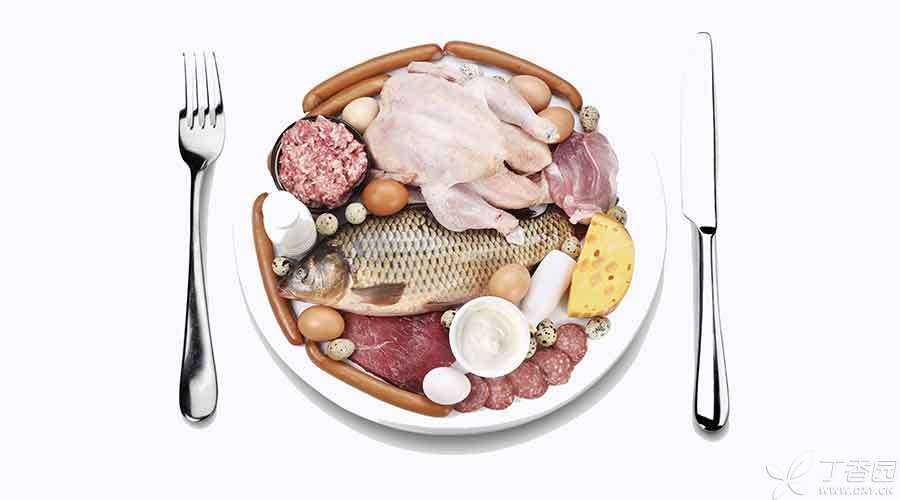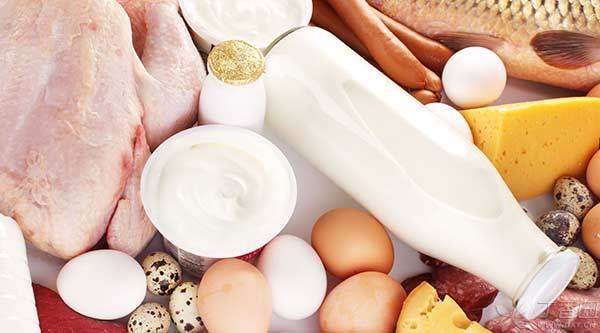
We have to eat every day, but do you know the specific nutrition of food? Running around and toiling every day, thinking about life should always require energy.
The main supply of human body’s production capacity comes from these three parts: fat, sugar and protein. A balanced combination of the three nutrients is good. Among them, protein intake is very important. How to choose high-quality protein, you need to know the following points.
First, supplement protein and eat lean meat
1. The most lean part of beef includes hind leg steak or barbecue (hammer meat, bottom meat, tendon meat, etc.), upper waist meat, upper and lower waist meat, beef shoulder meat and beef elbow meat.
2. The most lean part of pork includes tender waist, tenderloin and ham.
3. Chicken meat should be skinless or skinned before cooking. Boneless skinless chicken breast has high protein content in poultry meat.
4. Sandwiches should be made of lean chicken, roast beef, ham or low-fat luncheon meat, instead of luncheon meat or cooked meat containing more fat, such as various sausages.
Second, protein should be diversified.
1. Seafood is used as the main source of protein at least twice a week, especially fish rich in-3 fatty acids, such as salmon, trout and herring.
Cooking for reference includes:
(1) Salmon steak or fillet (2) Salmon bread (3) Roasted trout
2, often eat beans, peas or bean products.
The following menus are available for reference:
(1) Fried dried beans (2) Dried peas, lentils and white bean soup (3) Black bean tacos (4) Green bean salad (5) Bean mixed rice
3, often drink milk or eat dairy products.
Three, eat nuts with
Use nuts that have not been treated with salt, cream and other flavors as snacks, salads or meals. Use nuts instead of livestock or poultry meat as staple food. Cooking for reference includes:
1. Add almond slices to steamed vegetables.
2. Add roasted peanuts or cashew nuts to fried vegetables instead of meat, such as celery cashew nuts.
3. Sprinkle a small amount of nuts on low-fat ice cream or frozen yogurt.
4. Add peanuts or pecans to the vegetable salad instead of cheese or meat.

Four, look at the label, recognize food
1. Check the contents of saturated fatty acid, trans fatty acid, cholesterol and sodium in the nutritional ingredient labels on food packaging.
2. Meat products such as ham, sausage, smoked sausage, luncheon meat, cooked meat, etc. Salt will be added. Check the ingredient list and nutritional ingredient labels to control salt intake.
3. The salt content of fresh chicken, turkey and pork soaked in saline solution will also increase. Special attention should be paid to the words [XX% XX%] on the product label.
4. Many low-fat types of meat products can be bought on the market, so as far as possible, products with low fat and low saturated fatty acids can be purchased through nutrition labels.
Five, don’t forget food safety
1. Store raw, cooked and ready-to-eat food separately.
2. Scrub chopping boards, knives, tableware and countertops before and after cooking.
4. Place raw meat, raw poultry meat and seafood at the bottom of the refrigerator to prevent blood from dripping to other foods.
5. Remember to fully heat the meat.
6. Avoid eating raw eggs, half-cooked eggs, raw meat, half-cooked meat, raw poultry meat and half-cooked poultry meat.
Responsible Editor: Painting
